Forum Replies Created
- AuthorPosts
-
I made some notes when I used an MCL sensor as a Beolink PC IR sensor. The three connections that you require are: Ground – Brown IR Data – Yellow +5v –
Hi Guy, does that mean you can use MCL IR sensors (square ones) with more modern hardware that need round sensors ?
To be more precise, would an MCL82 type 2041 sensor be able to control a beolink passive ?
Thank you.
Hi,
Another lead here Beolab 3500 Standalone
It is said that the speaker is triggered with a 5V signal in the powerlink socket.
Never heard about this solution that I would find easy and perfect, but the OP says it works.Hi, nice project, but wouldn’t the bluetooth signal be too weak if the module is mounted inside the speaker?
Hi,
Still thinking on the better way to fix the magnet. In the meantime I’d like advices on something: the frets.
They’re in a coarse and stiff fabric glued on a thin panel made of wood and plastic for the wedge. the fret is fixed to the speaker with weird velcro strips, some in the groove in the edge of the speaker, and more wide bands in the flat surfaces of the front panel (those looks like added afterwards, not originals). The fabric is folded to follow the beveled shape of the wedge and not deformed like in the S45 or C30 I’ve seen.
I’d like to know if this fabric is original or not. It is actually in not so good shape and the speaker will benefit of changing it all (once the drivers are fixed!) but if they are original, I’d rather try to rescue them.
I’ve noticed P45, which seems to be technically identical have everything needed to clip their frets, like holes in the front panel which P50 don’t have.
So the two question I have are:
- Are those frets original (fabric and structure)?
- How where they originally fixed to the enclosure?
Below some pics. Thanks to alls.

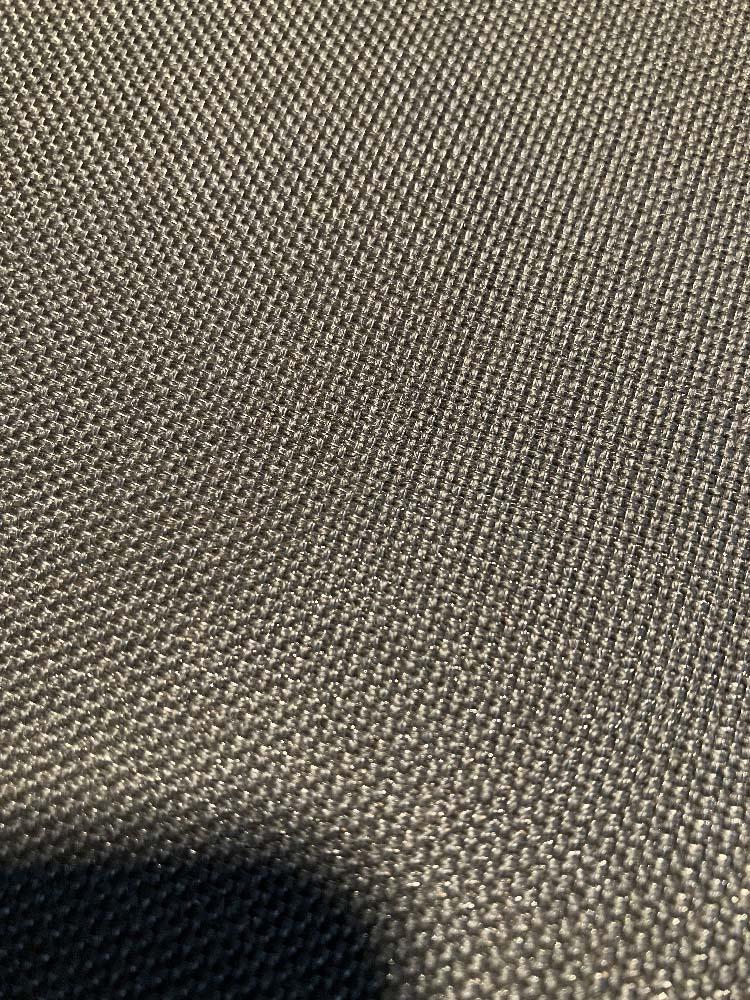
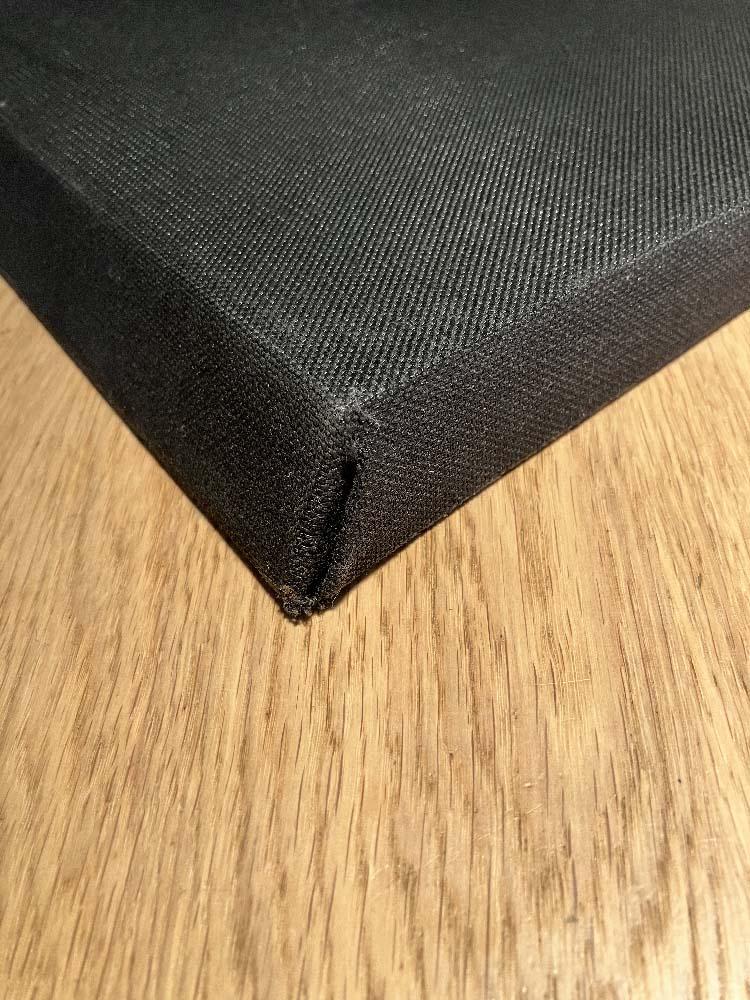
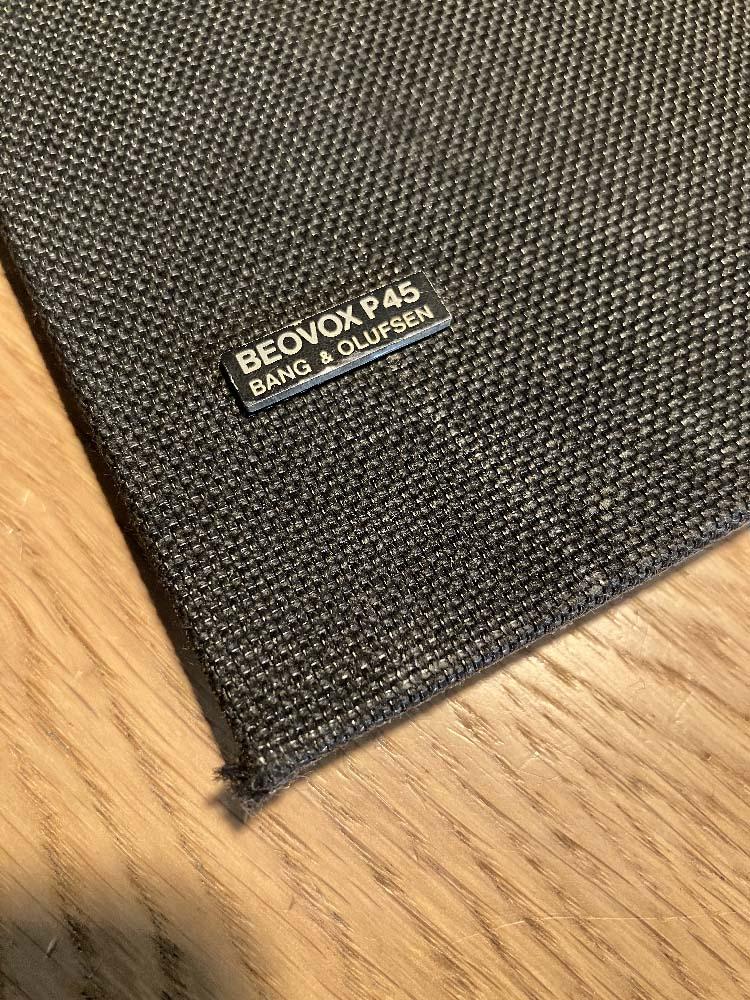
Hi Bill, thank you for the explanation. It helps.
This is a schematic view of the Beolab 8000 internals:
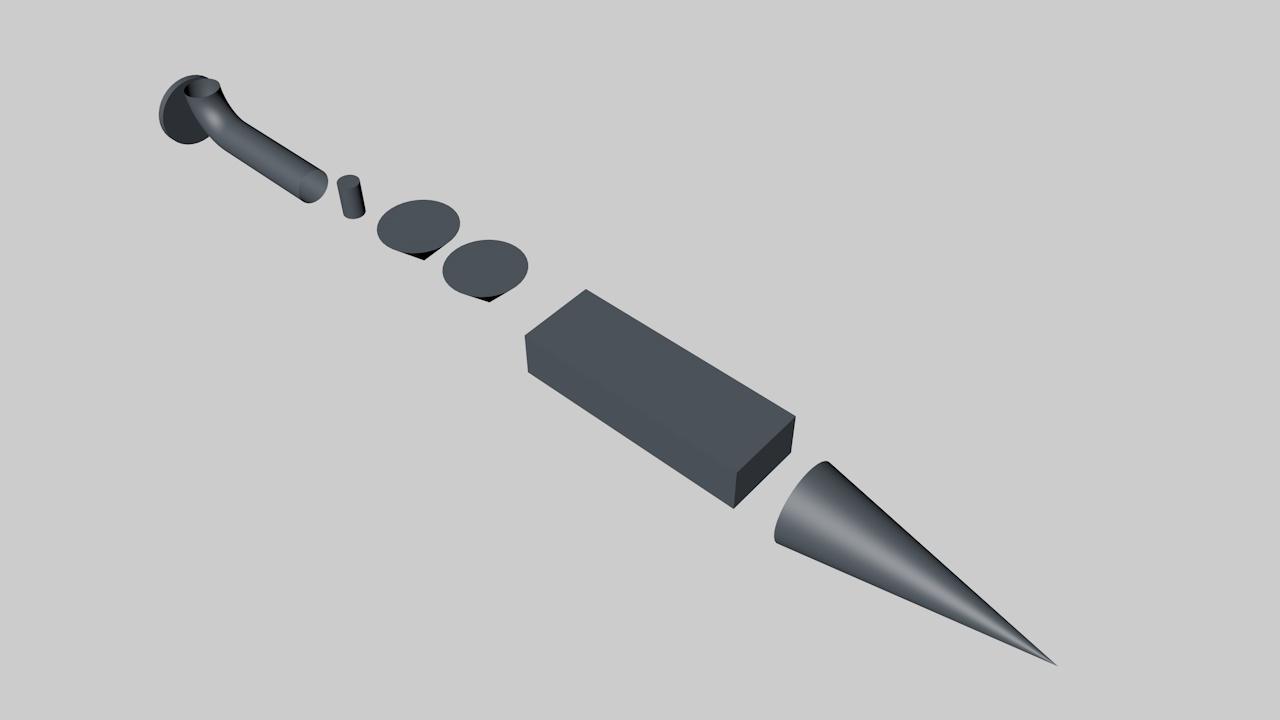
From top to bottom: top plate, bass port, tweeter, 2 woofers, amplifier section, base cone.
The new damping looks like this:
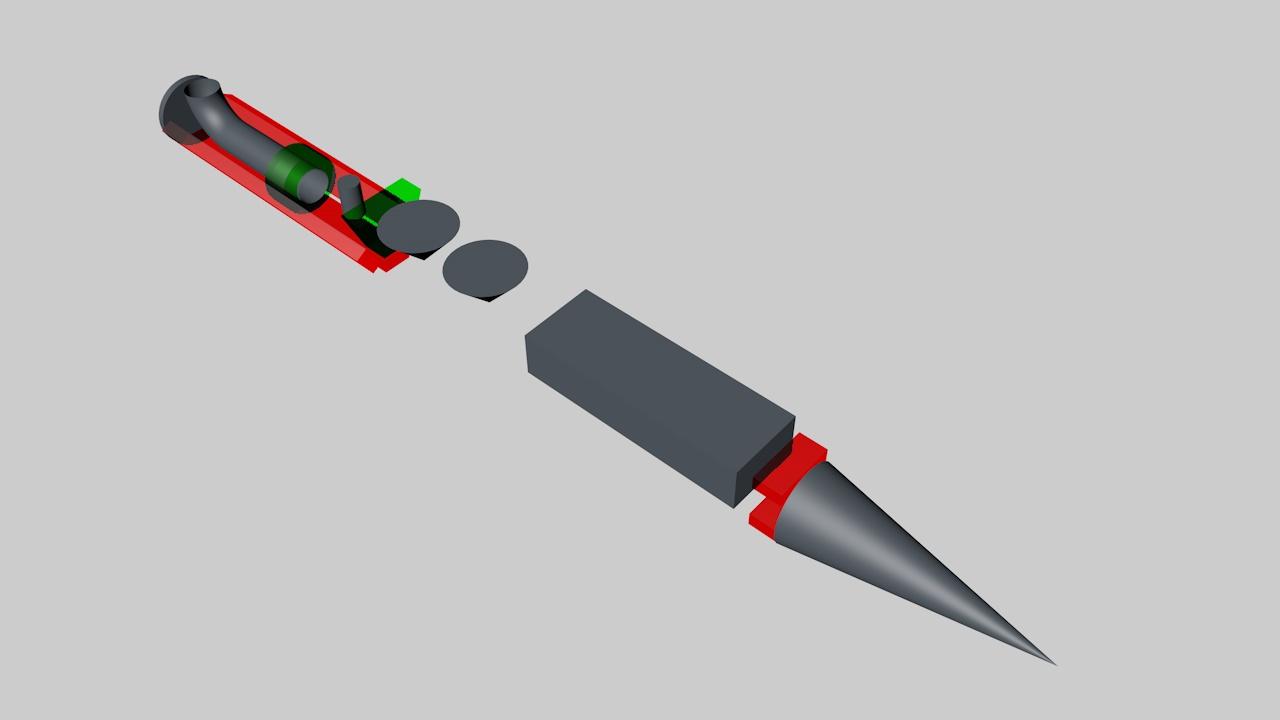
Then after your comment, it blocks the high frequencies from the tweeter, but allows low frequencies coming from the woofers to “fill” the whole speaker, right?
I should add that if the kit didnt come with instructions, I would have placed them like that:
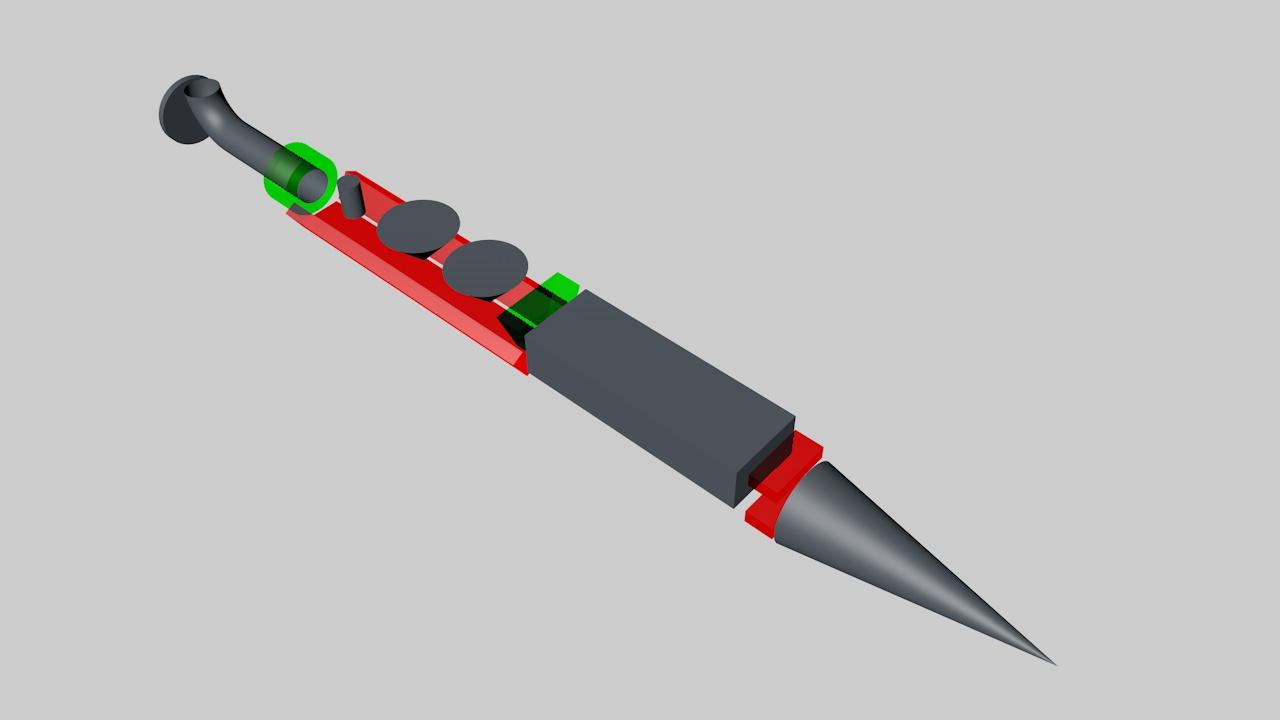
To “push” all the air towards the bass port.
Thank you again Julian.
Thank You Geoff.
Hi Alls,
Got the P50!
First of all, they’re big and heavy. Despite being very thin, they make My S45-2 look like a portable speaker!
Second, of course and as expected the 4 woofer are seized. I extract the two woofers from speaker 1 and was able to remove the magnet quite easily. Now the battle is to stick him back with the right alignment. What I’m the most afraid is to damage the coil in my attempts. One of them already has the coil wire flying out of the base cylinder that only begs to be cut!
I’m currently studying the Beoworld II forum about the better process to fix this.
Stay tuned.
Hi Dariod,
Sorry if I tell you things you already know but as you said your newbie…
All your speakers are powered speakers that don’t need an amplifier to work.
Normally, they all have a line in socket that allow you to use them with a simple “RCA to anything” wire, sparing you from the need of expensive Powerlink cables.Now, if you want to build an home cinema with all those speakers and be able to listen to music, manage scenarios, speakers allocation and more, the easiest way would be a Beosystem 3 or 4. It’s an AV system that stand between the TV and the speakers and can do… A lot of things… But they’re not cheap.
Or you can search for dolby boxes with line out (to your speakers) or Powerlink out (maybe Almando or something like that…) but then the music part would need to be handled by your TV.
Good luck.
Hi Jim,
Regarding prices I would not be a good source of information. I live in Paris and the second hand market in local ads is crazy, you can find a Beovision MX for free one day, and the other day another add with the same TV around 400€. There is currently a Beogram 4002 @ 2500€.
The eyes are rare, so rare that when I sold a beosystem 3 to a Swiss guy, he did send me his own IR eye for me to check the BS was working and I had to send it back, luckily with the Beosystem 3. So do the math: somebody want to sell one, he knows there is “Bang & Olufsen” printed on it, he looks for similar ads, he don’t find any then he puts a high price! Easy.
But I also know that depending on countries this rules do not ever apply. Each time I hear about second hand bargains on the forum I say to myself, “why do I not live in that country”!
Regarding your boxes, It don’t looks like B&O to me but I never opened that kind of box, so I don’t know for sure.
Good luck.
To me the only thing preventing the PM to be “future proof” is the lack of support for 5 Ghz wifi. In my case this is not a problem because wifi works well and must stay 2,4 Ghz to allow standalone wifi speaker compatibility and sensitive connections are hardwired.
The ability of using it as a tiny basic Audiomaster is perfect to use a spare pair of Beolab.
I too thought of using a playmaker for TV, but the main problem is the lack of audio output in modern TVs. Of course you can use any audio extractor but I hate to have a collection of boxes and PSU behind the TV.
As for Airplay 2, You’re right, it may be a major downside. But when you’re streaming from a computer, it’s not a problem in since you can add and select many Airplay 1 devices.
Thanks for your kind words.
A very interesting thread on the new old forum , unfortunately not giving the actual solution but that still gives hope…
https://archivedforum2.beoworld.ouronlineserver.com/forums/p/6704/60185.aspx#60185
Thank you Pepps.
Thank you Geoff for your answer, I was just worried my question became “invisible” with new topics coming along…
I adjusted the piece around the bass port tube, but what I don’t understand is isn’t the V shaped piece (the one just below the entry tube one) preventing the air coming from the woofer movement going through the bass port?
Actually I did “feel” that something is coming from the bass port by getting closer to the sounding speaker, but I’d like to understand the rough theory behind this since the original foams and the replacement are not alike at all.
Below, the foam kit guide…
Thank you Geoff.
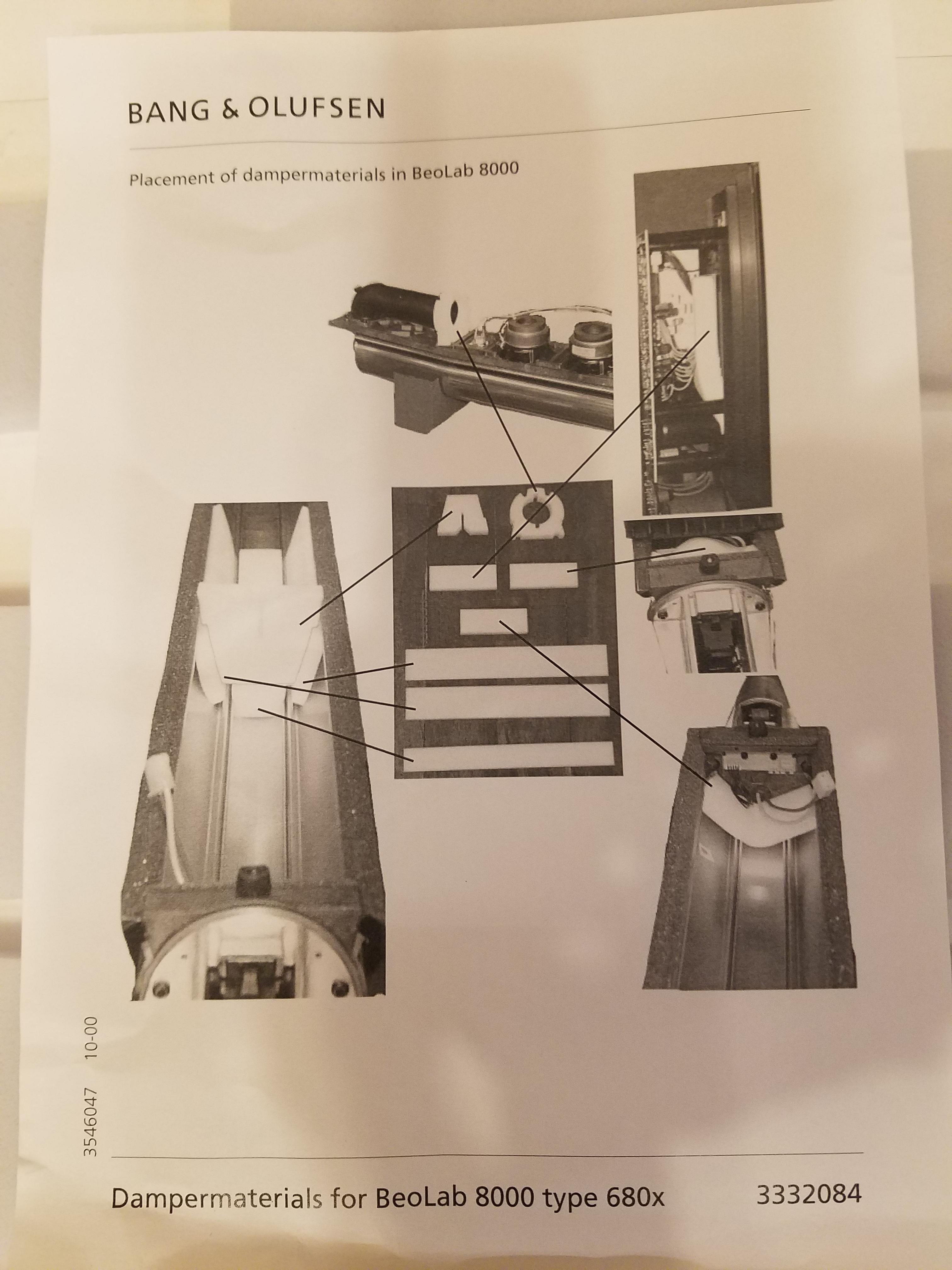
Excuse me but after thinking it twice, I’d like to be sure I’ve understood well:
Are you saying the rendering is more affected by the height of the driver than the wall making some kind of reflector or resonator that compensante the box thinness?
Is that right ?
Hi alls,
Got the same problem here. The Century is a wreck beyond repair (CD, tape, door, one channel dead… And no IR) For the love of the game I’d like to play with this IR problem!
Its a mixed MK: silver clamper but no headphone socket, Type 2656.
Have tried the activation sequence with no result, I would have said “broken IR board”.
Checked the only big capacitor (purple, in the picture), it’s OK. The other two little are like SMD, with no pins, so I won’t mess with them.A guy is selling (way too expensive) an ir board but the thing is it’s not the same than mine.
Mine:
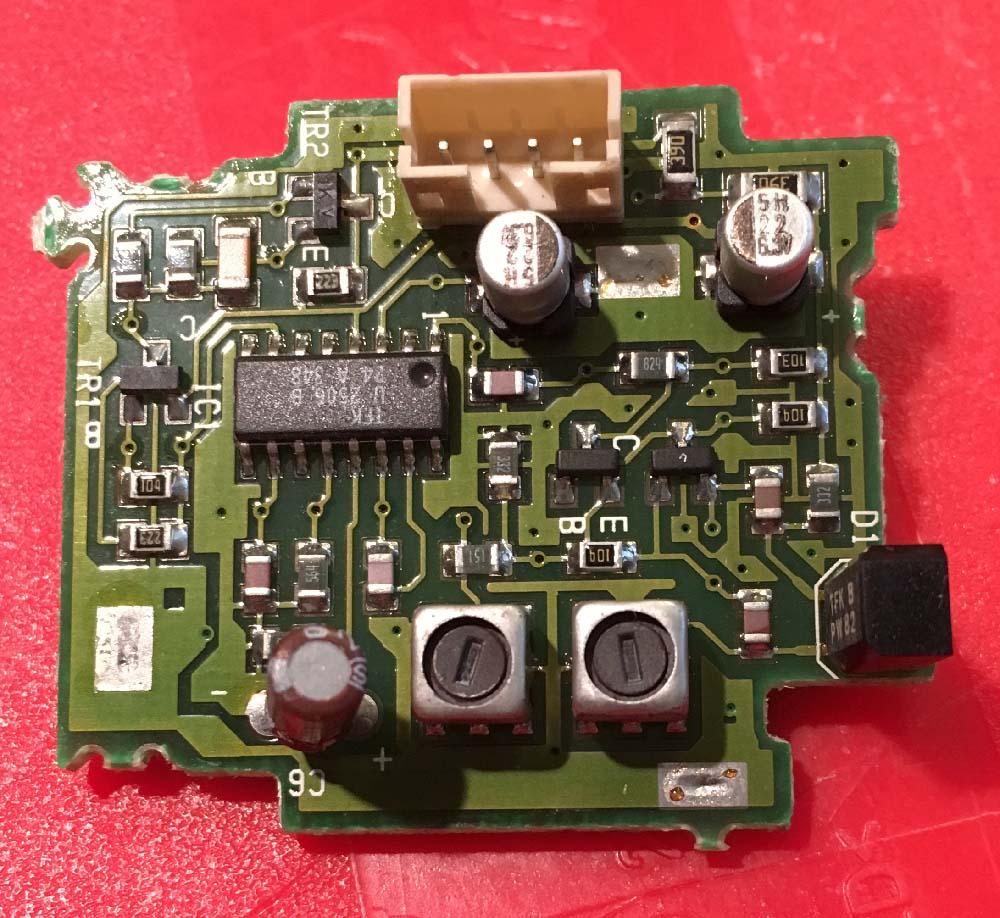
His:
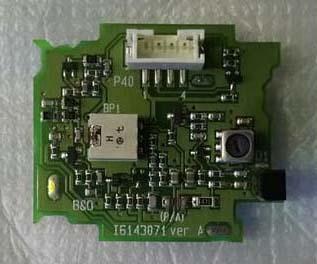
Absolutely nothing in common. And that makes me wonder if the fix that consist in replacing caps does apply to my board and people really replace those two tiny little capacitors.
Thanks.
Hi,
To me, it looks like a specific system based on modified B&O hardware.
Usual sockets are DIN for Powerlink and a large connector that looks like a wide Ethernet plug for Masterlink. The IR eye plug is the original.
Googling a little bit shows that Otrun is a brand that makes TV system for hotels. To what extend they can be integrated in a classic B&O network and for what, I don’t know.
Members who have the original boxes may help you to compare them with your hardware and maybe, luckily, it would just be a matter of plugs.
In all cases you have a handfull of IR eyes which is very valuable: the boxes, even original B&O are cheap, but the IR eyes are quite rare and often more expensive.
Good luck with all this and you nice project!
Just to be clear, and add to possible answers…
There is the DIN input that I believe to be a service input only, never meant to be use as it.
There is the masterlink input (large rectangle socket) that is THE usual input. It is analogue but it need some dark digital protocol to be started.
Assuming this is right, I’m with you, how couln’t we just keep the beolab with one or the other input as default? Even more, use the Masterlink port on any device as an additional Aux in? Even if it needs to short anything inside.
I really think they are more Beolab 3500 unused than Beolab 3500 used as link room speaker… So sad.
I have Beocenter 6-26 so it may be work differently.
AV3 is set to an input selectable with an hard key (V.MEM maybe, can’t say because I use a blind Beo6 now, sorry…). Then the HDTV option below is set to DVI.
I remember that even when I was using a Beo4 It didn’t never required to use the LIST key.
I even remember it was an AV Beo4 because I used that key to start the BV as a speaker with the picture muted.Hope this helps.
I agree Guy, my wife also complains, not about the screen size but actually the captions that are too small and of course a BV10-32 would be ideal but they’re not so common around and quite expensive (between 500 and 800€).
- AuthorPosts
